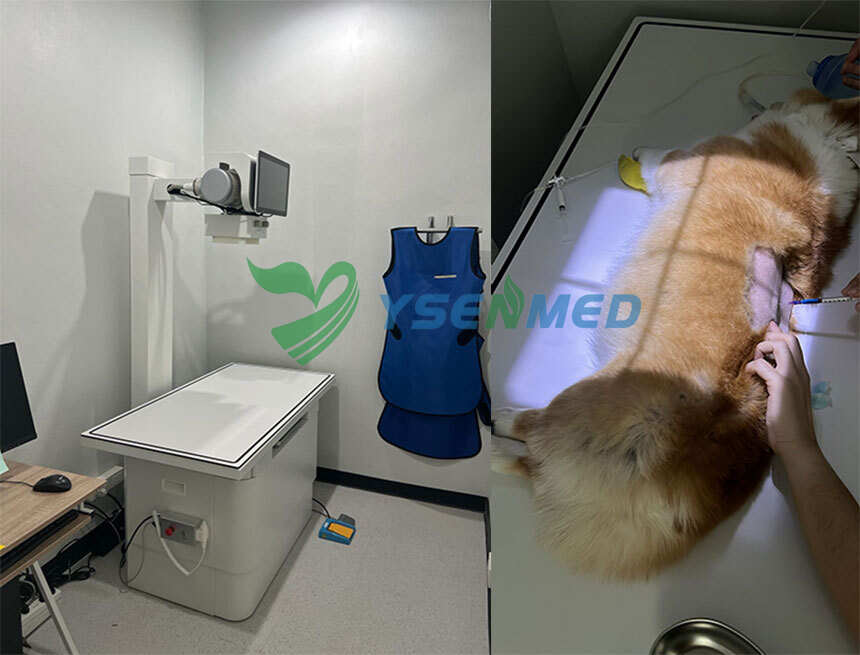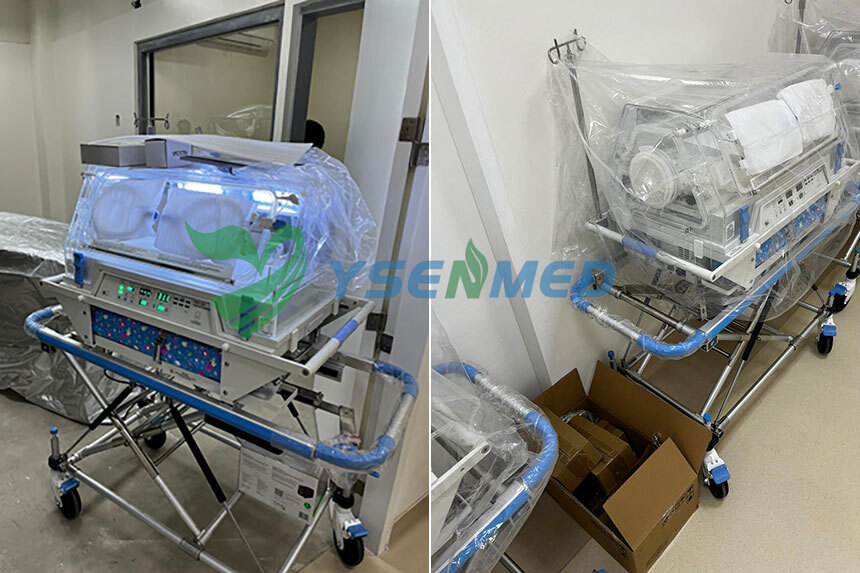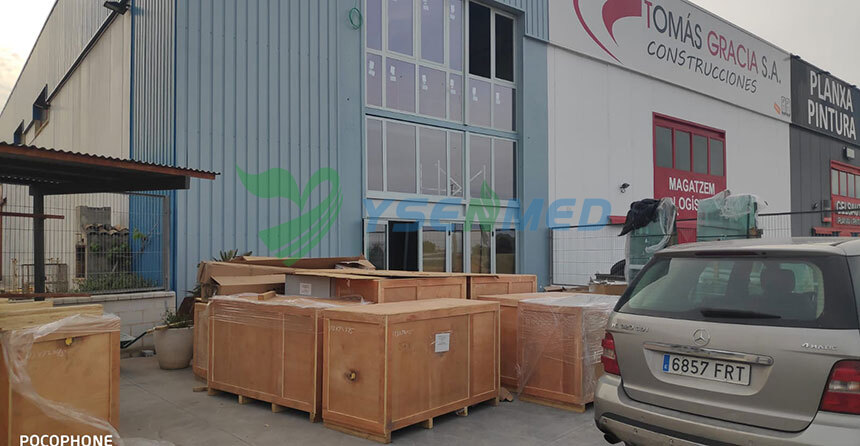E-mail:[email protected]/
TEL:+86-020-34174486/
MOB:+86-18998432898
- Home
-
Products
Operating Room EquipmentAnesthesia Machines Respirators / Ventilators Operation Tables Operation Lamps Pendants Electrosurgical Unit Defibrillators Syringe & Infusion Pumps Electric Bone Saw / Drills Patient Monitors ECG Machine Oxygen Generators Suction Units Electric Pneumatic Tourniquet Surgical Instrument Kits Electric Dermatome Ultrasonic Scalpel Surgical Warming System Negative Pressure Trauma Therapy DeviceLaboratory EquipmentChemistry Analyzer Hematology Analyzer Urine Analyzer Elisa/Microplate Reader Microplate Washer Electrolytic Analyzer Coagulation Analyzer Centrifuge Immunoassay Analyzer Protein Analyzer Lab Incubators Drying Oven Clean Bench Biosafety Cabinet Shaker / Mixer / Oscillator Blood Gas Analyzer / POCT PCR / Thermocycler Stirrer HbA1c Analyzer Liquid Handling Microscope Feces Analyzer Blood Cultures Blood Collection Monitor ESR Analyzer Gel Imaging System Blood Bank Sealer UV Spectrophotometer Homogenizer Flow Cytometer Chromatograph Helicobacter Pylori Detector Test Tube Collection Thrombelastography Blood Grouping System Microbiological Analyzer Total Organic Carbon Analyzer Dry Bath Dispenser Blood Warmer Hemoglobin Analyzer Nitric Oxide Analyzer Transfusion, Dialysis & Circulation Machines Sperm AnalyzerENT EquipmentENT Diagnostic Device Anesthesia Laryngoscope Slit Lamp Surgical Microscopes Ophthalmic Scanners Surgical Headlights Fundus Camera Refractometer Tonometer Auto Perimeter Audiometer Eyesight Screening Phoroptor OCT Corneal Topographer Hearing Screening Lens Meter Frame Heater Lens Photochromic Tester Lens Punching Machine Lens Thickness Meter Lens Groover Lens Edger Lens Polisher Screw Extractor Simulated Eyes Three-hole Driller Trial Frame LED Vision Chart Vision Chart Projector Pupil Distance Meter Glasses Mounting Tools Glasses Ultrasonic Cleaner Trial Lens Set LCD Chart Monitor Stress Meter Layout Blocker TympanometerVeterinary EquipmentVeterinary X-ray Machine Veterinary Ultrasound Machine Veterinary Anesthesia Machine Veterinary Ventilators Vet Surgical Instruments Veterinary Patient Monitors Veterinary ECG Veterinary Analyzers Veterinary Operation Tables Veterinary Operation Lamps Veterinary Ultrasonic Scaler Pet Cages Pet Grooming Equipment Veterinary Dry Cabinet Veterinary Incubator Veterinary Infusion Table Veterinary Endoscope Pet Treadmill Veterinary Rapid Tests Veterinary Surgery Warming System Tool Case Veterinary Blood Pressure Monitor Veterinary Pulse Oximeter Veterinary Infusion/Syringe Pump Veterinary Hemodialysis Machine Veterinary Sperm Analyzer Pet Treadmill Veterinary Treatment Table Animal Autopsy Table Infusion table Pet ICU Veterinary PCR / Thermocycler
- News
- Download
- Reviews & References
- About Us
- Contact Us




